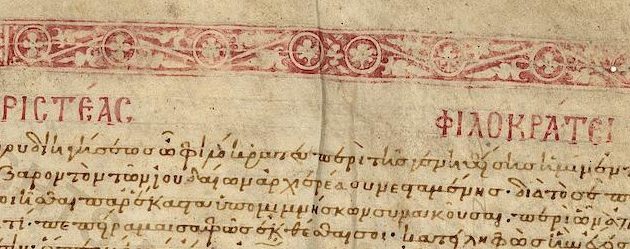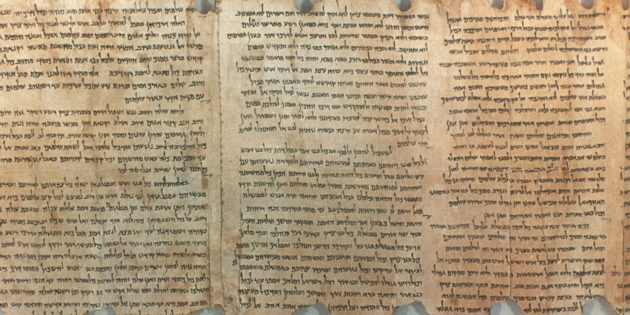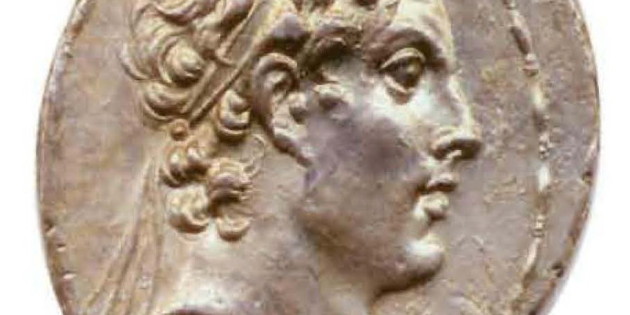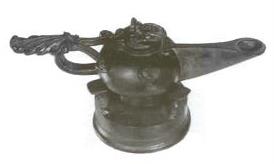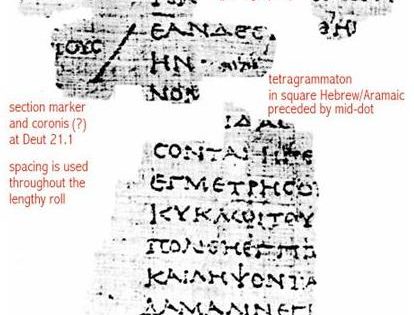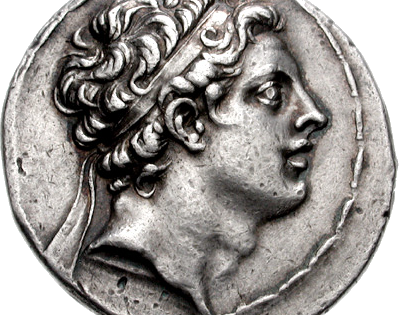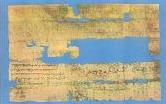Home » Bible and Beyond » Hellenistic Period
Hellenistic Period
In a fascinating article, Pere Pierre Benoit of the École Biblique et Archéologique Française in Jerusalem, raises anew the question whether the Septuagint translation of the Bible is divinely inspired. Whether or not one agrees with Pere Benoit that it is, his careful discussion of some differences between the Septuagint and the Hebrew text is […]
The Dead Sea Scrolls In the preceding chapter several of the groups or sects of the Second Commonwealth period were surveyed. These and a variety of other less well known groups left a vast literature which has come down to us in a number of forms and languages. Before investigating the nature and origins of […]
Excerpted from Ancient Israel From Abraham to the Roman Destruction of the Temple. Ed. Hershal Shanks. Washington, D.C.- Biblical Archaeology Society, 1999. The Heavy Hand of Antiochus IV and the Rise of the Maccabees Soon after Jason bought his way into the high priesthood and Jerusalem became a polis, the Seleucid overlord Antiochus IV visited Jerusalem […]
Excerpted from Ancient Israel From Abraham to the Roman Destruction of the Temple. Ed. Hershal Shanks. Washington, D.C.- Biblical Archaeology Society, 1999. Alexander the Great changed the face of Judea along with the rest of the then-known world. He reigned as emperor from 356 to 323 B.C.E. In 336 B.C.E. he became king of Macedonia and of […]
In 1944, W. G. Waddell discovered the remains of an Egyptian papyrus scroll (Papyrus Fuad 266) dating to the first or second century B.C. which included part of the Septuagint. George Howard, “The Name of God in the New Testament,” BAR March 1978, p.12.
Coin of Antiochus IV Epiphanes Tetradrachm, Antioch, c. 169/8-164 BCE. Antiochus IV Epiphanes reigned from 175-164 BCE. The Maccabeans/Hasmoneans revolted against Antiochus IV in 165 BCE. Their success is commemorated in the holiday of Hanukkah. Sotheby’s Auction Catalogue, Important Greek and Roman Coins, Zurich- Tuesday, 26th October, 1993. See also- Coin of Antiochus IV Epiphanes
Rosetta Stone The Rosetta Stone, issued on March 27, 196 BCE, proclaims clearly and for the first time that we know for certain the coronation of the king at Memphis, the traditional Egyptian capital, and decrees measures which will secure the loyalty and support of the native priesthood- “Since King Ptolemy, the ever-living, beloved […]
Letter from Tobias to Apollonius, an Egyptian finance minister. It concerns a shipment of animals sent from Transjordan to the King in Egypt. In the Ptolemaic period, many of the Greek immigrants revisited and retained connections with their places of origin. In addition, the possession of an overseas empire will have given Greek administrative officers […]
Antiochus I, Soter, 280-261 BCE, Tetradrachm, Phocaea. Silver. Sotheby’s Auction Catalogue, Important Greek and Roman Coins, Zurich- Tuesday, 26th October, 1993.

